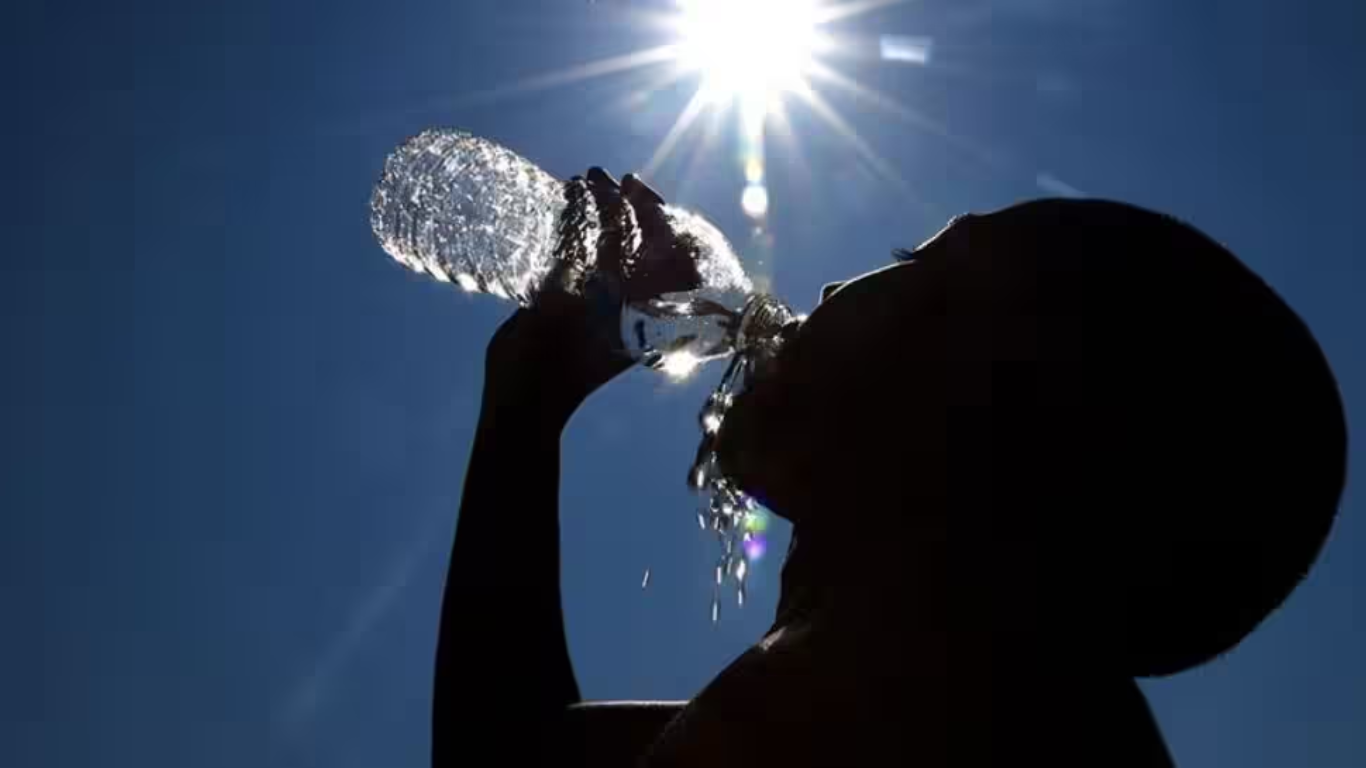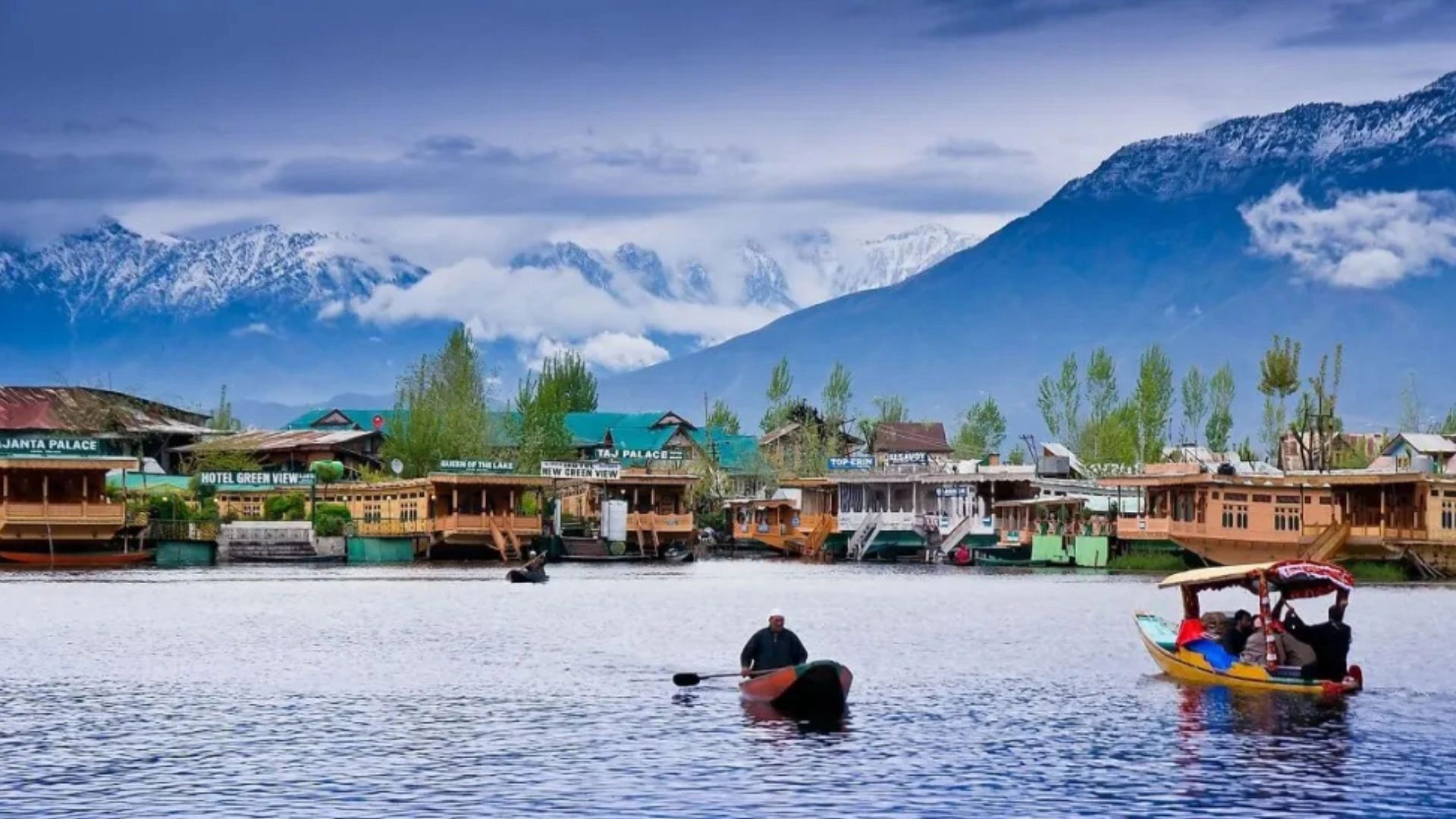The India Meteorological Department (IMD) has issued an orange alert for Delhi and a red alert for Uttar Pradesh as both regions brace for a severe heatwave over the next five days. Temperatures in Delhi are forecasted to reach up to 45 degrees Celsius, while Uttar Pradesh is expected to experience even higher temperatures exceeding 46 degrees Celsius.
Intense Heatwave Grips North India
North India continues to endure extreme heat, with the IMD predicting some respite for Delhi on Friday, with potential thunderstorms and light rain accompanied by gusty winds. However, the maximum temperature in Delhi is still anticipated to hit 44 degrees Celsius today. The IMD’s orange alert for Delhi signifies a severe heatwave for the next five days, with temperatures soaring to 45 degrees Celsius.
In Uttar Pradesh, the situation is more dire, with a red alert in effect due to temperatures climbing above 46 degrees Celsius in many areas. The heatwave is expected to persist for five days, exacerbating the sweltering conditions.
Record-Breaking Temperatures and Monsoon Delay
On Thursday, Delhi, Uttar Pradesh, and Bihar faced scorching temperatures, with Buxar in Bihar recording the highest at 47.2 degrees Celsius, nearly 9 degrees Celsius above the seasonal norm. Delhi’s Safdarjung Observatory reported a maximum of 44.8 degrees Celsius, while the Najafgarh station recorded 45.1 degrees Celsius.
The slow progression of the southwest Monsoon has contributed to the prolonged heatwave. The IMD noted a 4 percent shortfall in cumulative Monsoon rainfall across the country for the first 12 days of the season, with northwest India experiencing a significant 53 percent deficit. In contrast, southern India saw 60 percent more rainfall than usual during the same period.
Despite the intense heat, there is some hope for relief. The IMD forecasts that conditions will become favorable for the Monsoon’s advancement by the end of the week, around June 19, potentially bringing cooler temperatures to north India. The Monsoon is expected to reach Delhi by June 27, offering much-needed respite from the oppressive heat.
ALSO READ: Unveiling Melanoma: How To Keep Your Skin Safe During The Heatwave Season

















